Laurence Dumouchel is a PhD candidate from George Washington University. She was awarded a Leakey Foundation research grant in the spring of 2016 for her project entitled “The environments of the earliest obligate biped, Australopithecus anamensis.” She was kind enough to send us an update on her progress as well as an insight into how she works. (To read a summary of her work published on our blog, please click here.)
Whenever I have a challenge ahead of me, I tend to think of it as a series of steps. As I am writing these lines, one of the longest steps of my thesis is behind me: with support from the Leakey Foundation, I have concluded almost 4 months of data collection in East Africa. My research focuses on paleoecology, the study of the role the environment played in the evolution of our most ancient relatives. In particular, I look at the environments of what is possibly the first hominin to habitually walk on two legs, Australopithecus anamensis. We know that these hominins lived in the Omo-Turkana Basin in East Africa about 4 million years ago, but surprisingly little is known about the environment they live in. My thesis aims to describe what our world looked like when “we” began to walk habitually on two feet, but before I can begin to explore that, I need to collect data.
My data comes from the fossilized remains of animals that lived in the Omo-Turkana Basin 4 million years ago, and my “field sites” are the two museums in East Africa in which the fossils are housed: The National Museum of Ethiopia, in Addis Ababa, Ethiopia and the Nairobi National Museum, in Nairobi, Kenya. Like my thesis, my “fieldwork “in the museums centered around a series of steps. After securing the necessary permits and settling in my work station, I would begin the cycle: find, observe, measure, decide, read, reevaluate, photograph – and then repeat 2,000 times!
What did each of these steps actually look like?
Find: Before I could analyze a fossil, I had to find it, so I used my database to figure out where it is physically kept in the museum – sometimes more challenging than it seems! But also exciting, as not everyone gets to roam the back halls of these rich museums, lined with turtle shells and giraffe skulls (Picture 1).
Observe: Once I had the specimen in my hands back at my station, I started taking notes. What does it look like? Is it broken or complete? Are there any interesting traces on the bone, such as carnivore tooth marks or markings left by millions of years of tumbling at the bottom of a river bed? (Picture 2)
Measure: I collected both quantitative and semi-quantitative data. For example, I measured the depth, width and length of each specimen and evaluated categorical data, such as “mesowear” for the teeth in the collection. Mesowear is the shape and height of the cusps of a fossilized tooth – in other words, how worn they are. Different foods will wear an animal’s teeth differently, so analyzing this data will enable me to describe what type of vegetation (grass or leaves) the animal ate and therefore, the degree to which the environment was forested or savanna-like 4 million years ago.
Decide: The most challenging step was deciding what species, genus and/or family the specimen belongs to, and what type of bone or tooth it is: the molar of an elephant or the femur of a gazelle? To ensure I made the right decision, I often compared an unidentified fossil to a previously identified one as well as to other unidentified fossils within the same collection.
Read: Once I attributed a fossil to a species, I usually went back to the literature to double check. Is there a feature I missed? Could another species fit my description of the fossil, maybe what I thought was the femur of a large antelope was in fact that of a giraffe?
Reevaluate: Depending on what I found in the literature, I might go back to the fossil and change its classification. Sometimes this meant revisiting other fossils I had studied days or weeks before if my perspective on an entire species or genus changed.
Photograph: Museum work has made me an expert in (fossil) photography (Picture 3). I took thousands of pictures during my data collection, turning each fossil to capture every angle and surface. Traveling from the United States to Ethiopia and Kenya is expensive and thorough photos can help answer questions that may arise when the data is analyzed.
Occasionally, this cycle had an additional step: drilling teeth to collect small samples of enamel powder (Picture 4). I will analyze these samples in the US for stable isotopes, a chemical analysis of the teeth which can tell us more about what these animals ate and how often they had to drink.
Despite this set routine of steps, the work was more complex than it appears. And it was rarely monotonous – monkeys are frequent visitors at the National Museums of Kenya! I also met renowned experts in my field and attended the Unsung Heroes Workshop, which celebrates the work of African field assistants in East and South Africa. I reconnected with colleagues and made new contacts in the staff at both museums, all of whom were central to facilitating my research (Picture 5).
The time I spent in East Africa was extremely fruitful, and I collected data on more than 2,000 fossils. But my thesis research is not complete. For the second step of my data collection, I am heading to the University of South Florida in Tampa, Florida. My work there will include more steps, from acidifying and rinsing to weighing and flushing, this time in a high tech lab in the company of humming machines. But I already miss my routine of East Africa, surrounded by fossils which survived millions of years to now help us discover how some of the most ancient members of our lineage lived.
Comments 1


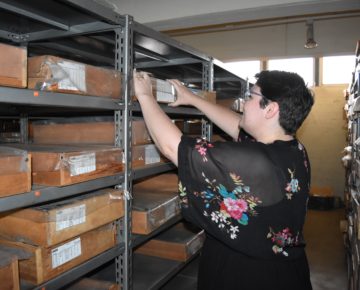

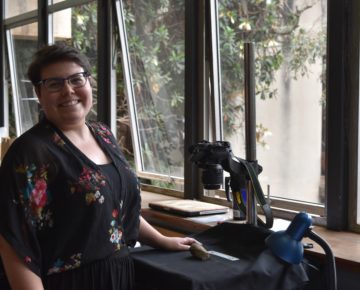
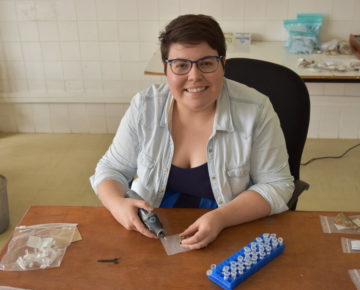
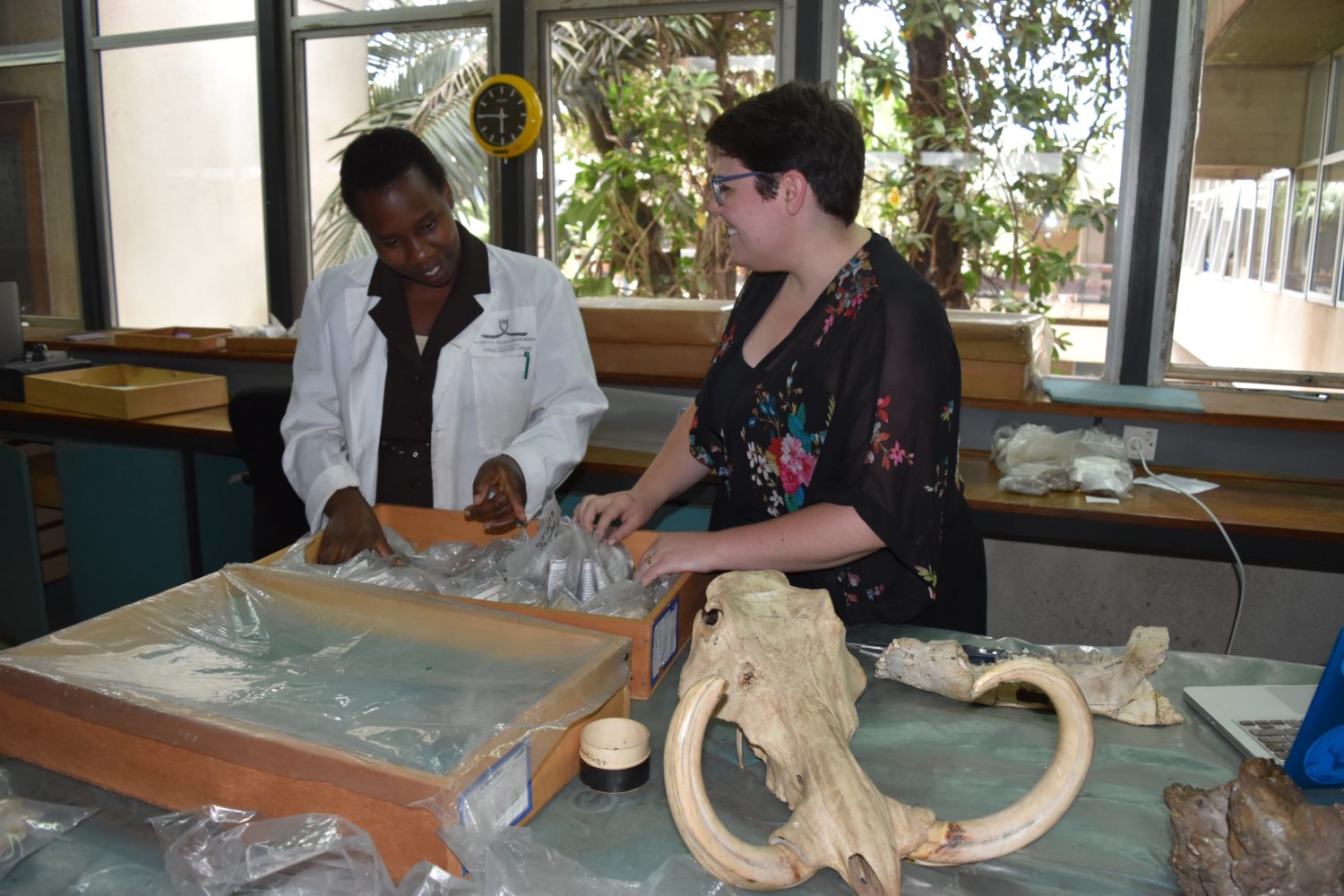
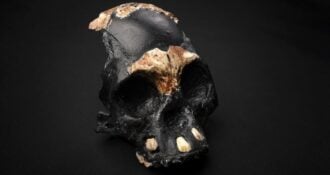
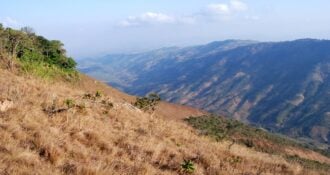
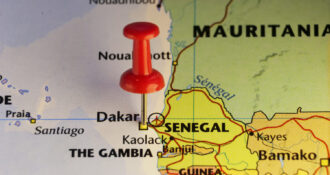

Thank you for undertaking your important research. All the best of good fortune.